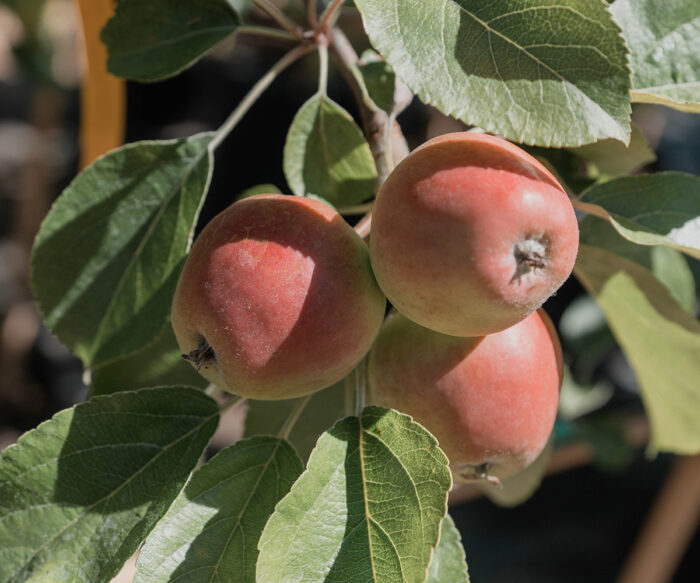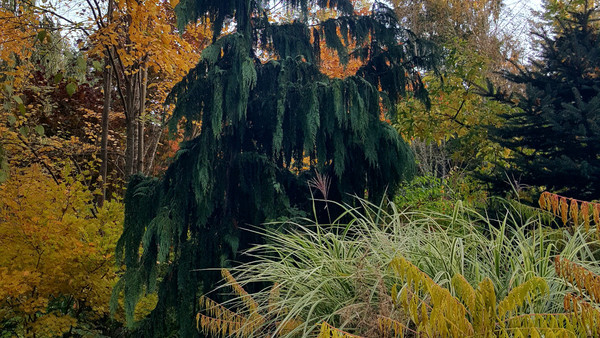
No matter where in the world you garden, harvesting healthy, home-grown, deliciously ripe fruit from your own backyard orchard is immensely satisfying. Every region has its own advantages and challenges that will dictate the types of fruit trees (and varietals) that can be grown in that particular area. For successful fruit production for gardeners anywhere along the mild, beautiful, foggy Pacific Northwest coast, it’s important to be aware of the pitfalls and benefits and to adapt accordingly.
Can you grow fruit trees along the Pacific Northwest coast?
Advantages to growing fruit trees here
Clement, generally frost-free winters, foggy spring and summer seasons, and the absence of wildly fluctuating temperatures greatly reduce many of the stresses associated with fruit growing. No summer heatwaves mean no need to protect ripening fruit from sunburn or scorching. Minimal frost concerns in Northern California mean that citrus lovers can rest easy knowing it’s a rare night indeed that their precious orange, lemon, or lime trees might need protection from a sudden freeze. Foggy spring and summer days mean extra moisture in the air and on the ground, lessening irrigation concerns. For all of these reasons, growing fruit trees in our region is easier than in other locales.
Challenges to growing fruit on the Pacific Northwest coast
Wind and salt spray can be a worry for fruit trees grown by the coast. Knowing your landscape’s microclimates and planting your fruit trees in a protected spot goes a long way toward reducing those worries. Foggy summer days with limited sunshine make growing a peach or nectarine tree a challenge, but there are plenty of apples, pears, plums, and even fig trees that will flourish under such conditions.
How do I determine which fruit trees will grow best in my area?
Winter chill hours will determine which varieties you can grow
A winter chilling requirement is the number of hours each year between 32° and 45°F that a plant (in this case a fruit tree) needs to thrive. The three basic ranges are:
- High: Plants requiring 1,000 chilling hours or more
- Medium: Plants requiring 700 to 1,000 chilling hours
- Low: Plants requiring less than 700 chilling hours
Be sure to research what the chilling requirement of your desired fruit is before you purchase treees. Here in Northern California we don’t get cold enough for medium or high-chill trees. There are a few deciduous fruit trees—such as citrus trees—that require no winter chilling hours at all. But sadly, we get too cold for most of those trees (low temperatures inhibit the development of the sugars needed for the sweet flavors of many oranges or mandarins). Most Pacific Northwest coastal fruit-lovers should look for low-chill fruit tree varieties for the best success.
Even though you might not be able to grow your all-time favorite apple or pear cultivars, there are plenty that will flourish in your frost-free orchard. The following are a few of my favorite low-chill varieties.
Best apple varieties to grow along the Pacific Northwest coast
‘Anna’, ‘Gala’, ‘Winter Banana’
Best plum varieties to grow along the Pacific Northwest coast
‘Beauty’, ‘Burgundy’, ‘Santa Rosa’
Best pear varieties to grow along the Pacific Northwest coast
‘Southern Bartlett’, ‘Comice’
Best fig varieties to grow along the Pacific Northwest coast
‘Desert King’, ‘Osborne Prolific’
Citrus varieties to grow along the Pacific Northwest coast
For low-chill citrus, try ‘Meyer’ lemon (pictured), ‘Nagami’ kumquat, or ‘Bearss’ seedless lime
How do I get a good harvest from my fruit trees?
Administer basic care and maintenance for the best harvest
Fruit trees are most productive and healthiest when sited in a location that receives at least six hours of light per day during the growing season. Find the spot likely to receive the most sun in your coastal garden and your trees will thrive.
Even though watering worries are reduced in coastal areas, fruit trees still require regular, even moisture. The general rule of thumb is to water when the top inch of soil is dry and the soil 6 inches below the surface is barely moist. Water deeply enough to ensure penetration down to at least 3 to 4 feet deep. Mature trees with deeper-reaching roots are more self-sufficient but should still be watered deeply during drier periods.
Feed your fruit trees three to four times during the growing season with an organic, well-balanced fertilizer. Avoid fertilizers too high in nitrogen, as they stimulate leafy growth at the expense of fruit production. There is no need to fertilize during the dormant season, but a 2- to 3-inch layer of compost as a side-dressing is appreciated.
The success of your fruit trees depend upon the initial training and pruning during the first three years. For healthy, productive fruit trees, get tips from your local garden center, or do your own research online.
—Fionuala Campion is the owner and manager of Cottage Gardens of Petaluma in Petaluma, California.
Photos: Fionuala Campion























Comments
Log in or create an account to post a comment.
Sign up Log in